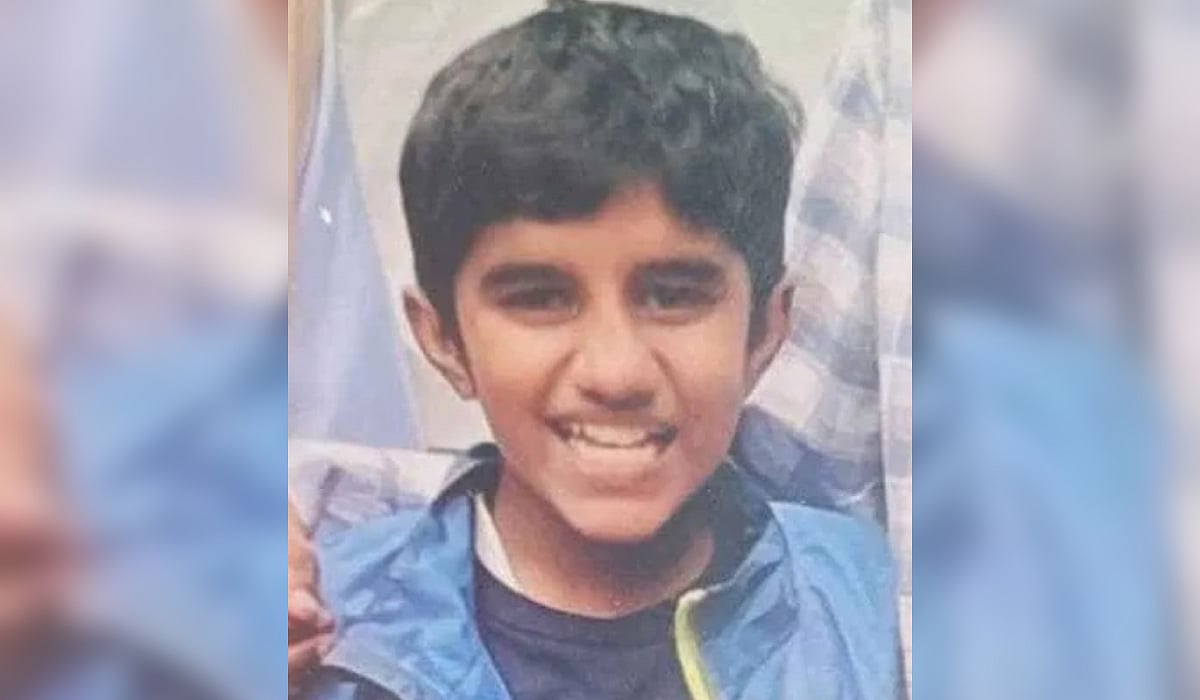 |
|
The recent kidnapping and murder of a 13-year-old boy, Nishchith, in Bengaluru has sent ripples of shock and disbelief throughout the city. The incident is particularly disturbing because Karnataka, according to retired Indian Police Service (IPS) officers, is not typically associated with organized kidnapping for ransom leading to murder. The heinous crime has prompted a thorough investigation, with police arresting two suspects, Shivaprakash (25) and Gopi (27). Shivaprakash, a former driver for the victim's father, possessed a familiarity with the family, adding a chilling layer to the already tragic situation. The retired officers, who preferred to remain anonymous while the investigation is ongoing, underscored the unusual nature of such a calculated crime in the region. The very act of kidnapping for ransom escalating to murder points towards a level of desperation or, perhaps, a lack of experience on the part of the perpetrators, distinguishing it from the more sophisticated operations typically associated with organized crime syndicates. The investigation will likely focus on determining the motive behind the kidnapping and murder, identifying any potential accomplices, and understanding the extent of planning and premeditation involved. The fact that the alleged perpetrators were apprehended relatively quickly may indicate a lack of sophistication or experience in covering their tracks. However, it is crucial to gather all available evidence and conduct a thorough forensic analysis to build a strong case for prosecution. The police will undoubtedly be scrutinizing the financial records of the suspects, interviewing family members and associates, and examining any potential connections to known criminal elements in the city.
Nishchith was reportedly murdered just hours after being kidnapped while walking home from tuition on Wednesday. This swiftness suggests a number of possibilities. Firstly, the criminals may have panicked and eliminated the child to prevent him from identifying them, especially given Shivaprakash's prior association with the family. The risk of being recognized likely increased the pressure on the kidnappers, leading them to make the desperate decision to kill their victim. Secondly, the perpetrators might have lacked a secure and suitable location to hold the child captive. Professional kidnappers often have access to safe houses or other secluded properties where they can hold their victims for extended periods. The absence of such a hideout would have severely limited their options and increased the likelihood of detection. The seasoned police officer interviewed for the article highlighted the fact that professional kidnappers typically have established networks that include gangsters who can assist in relocating hostages to different locations, making it more difficult for law enforcement to track them down. These networks also allow them to sustain their operations and even escalate ransom demands. The lack of such a network, combined with the former driver’s familiarity with the victim, may suggest that this was an amateur operation gone terribly wrong. The decision to dispose of the body after the murder further underscores the lack of sophistication. Burning the body is a common, albeit crude, attempt to conceal the victim's identity and destroy potential evidence. However, this act in itself can be a crucial piece of evidence for investigators, as it demonstrates a clear intent to obstruct justice and cover up the crime. The police will likely be examining the location where the body was found for any traces of evidence that could link the suspects to the crime.
The veteran officers interviewed also pointed to the rapid pace of the crime as a significant indicator. The fact that the kidnapping and murder occurred within a relatively short timeframe could indicate a lack of planning and preparation. Professional kidnappers typically spend weeks or even months planning their operations, conducting surveillance, and identifying potential weaknesses in the victim's security. The swiftness of this crime suggests that the perpetrators may have acted impulsively or out of desperation. It’s possible they initially intended to hold the boy for ransom, but unforeseen circumstances forced them to act more quickly and violently than they had anticipated. It’s also important to consider the psychological factors that may have influenced the perpetrators’ behavior. Kidnapping and murder are incredibly stressful and traumatic acts, and the perpetrators may have become increasingly anxious and irrational as the situation unfolded. This could have led them to make poor decisions and ultimately escalate the crime. The investigation will need to carefully examine the timeline of events and analyze the available evidence to determine the sequence of events and identify any critical turning points that may have led to the tragic outcome. The police will also be looking at the communication records of the suspects, including phone calls, text messages, and social media activity, to uncover any evidence of planning or coordination. The case highlights the importance of community vigilance and the need for parents to take precautions to protect their children from potential harm. While organized kidnapping for ransom may be relatively rare in Karnataka, it is essential to remain aware of the risks and to take steps to minimize the vulnerability of potential victims.
